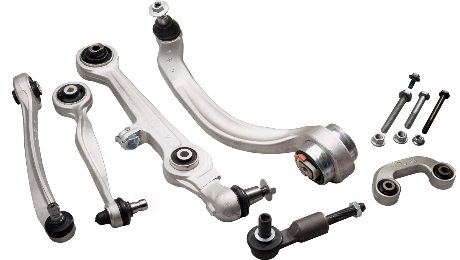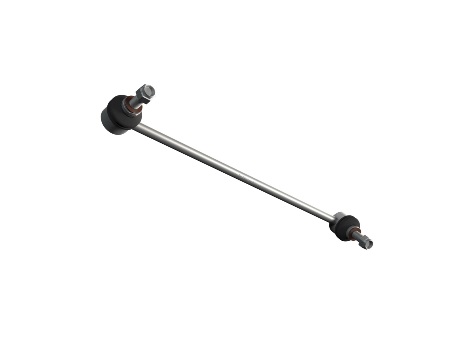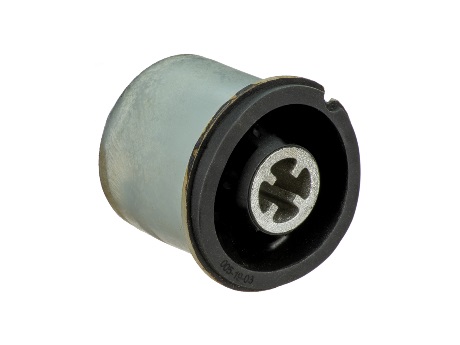Ball Joints
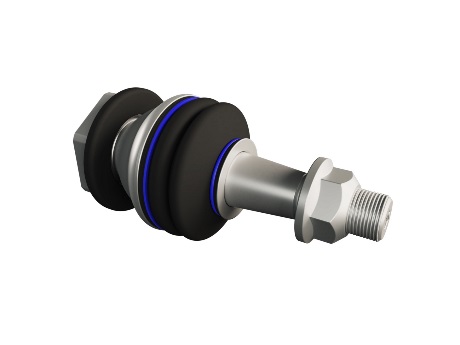
- Product Information
- Product Resources
- Enquire
- Related Products
- Manufactured to OE standards for control, comfort and durability
- Ball-pin 100% crack tested for flaw free material
- Undergo rigorous performance and resilience tests
- Chloroprene rubber cover protects internal components
- Superior ball-pin finish and nylon seat coating for smooth movement and long lifetime
- High specification grease for reduced friction, and smooth operation in all temperatures and conditions
- Cataphoretic coating where required provides longer lasting corrosion protection
- Access to technical hotline and support
- Three-year/36,000-mile warranty on all steering parts – available in UK only
Precision engineering
Enabling free movement in two planes at the same time, the ball-pin is a critical component. That’s why our ball-pins are manufactured from high-grade steel and machined to micron tolerances. Together with a polyoxymethylene nylon ball-pin seat, they provide optimum durability and smooth joint operation.

Extensive testing
Delphi ball joints undergo rigorous performance tests including angular stress testing, where the ball is rotated through its angular and rotational travel under load, as well as a pull and push out test, to measure the force required for it to break away from the housing. These important safety tests ensure the ball joint can withstand the same forces as the OE part.
Longer service intervals
We provide a range of sealed ball joints, that are lubed for life with a high-specification grease, to minimise maintenance requirements. Alongside our precision ball-pin finish and improved rubber boot design, they offer longer ball joint service intervals and better grease retention.
Greater protection
To help prevent damage to the joint’s internal components, all our ball joints come with a special chloroprene rubber cover. The new and improved formula maintains its durability even in extreme temperatures, providing added protection from road dirt or salt and allowing continued free movement of the ball joint for a longer lasting part.
.jpg?sfvrsn=d5e08686_1)
Three-year warranty – available in UK
As a guarantee of our OE-quality standards, we offer a three-year or 36,000-mile warranty on all our ball joints. So, you can fit Delphi steering parts with complete confidence.

Cataphoretic coating
Like many of our steering parts, Delphi ball joints feature an environmentally friendly cataphoretic coating for tougher and longer lasting protection from corrosion caused by salt, dirt and water and other contaminants.
Tech Tip
Delphi is advising technicians to help ensure a quality steering and suspension repair by replacing the entire ball joint component where the rubber boot is split, cracked, damaged or missing. In these instances, there is a high probability that damage to the ball joint may have occurred, indicating the joint is likely to fail even after the boot cover has been replaced. Replacing the entire ball joint component can help avoid potential premature failure, which can be safety-critical and costly.
.jpg?sfvrsn=43ce0fa5_0)
The Delphi Difference
-
100 years of OE experience, supplier to the world’s top automakers
-
OE heritage and knowledge built into every aftermarket part
-
Comprehensive portfolio for a wide range of vehicles and model years
-
Streamlined SKUs for easy inventory management
-
Support through tools, tips and training

Related product resources and downloads

Resource Highlights
The lower arm on a vehicle’s suspension system is designed to hold the road wheel in place. If this part fails, the wheel – while still attached – can drift dangerously out of alignment. Get some tips on replacing the front lower arms on a TESLA Model S with this handy how-to guide from the Delphi experts. We’ll show you:
Should I replace both lower arms?
Yes. If the front arms fail while driving, it can cause the road wheel to move within the wheel arch. This means that it is more difficult for the driver to control the vehicle. For this reason it makes sense to replace both arms.
What happens if the front lower arm isn’t replaced?
If the front lower arm isn’t replaced, the wheel drifts and can strike the back or front of the wheel arch, potentially damaging components which are found in that region such as the brake line or even the coolant pipes and cabling for the high-voltage battery in electric vehicles.
How do I remove the bolt from the bottom arm of the suspension in a TESLA Model S?
One of the bolts in the bottom arm cannot be removed conventionally without removing the high-voltage battery – a task that costs valuable time and effort. The manufacturer actually recommends cutting off the bolt in this situation. Tip: Depending on the year of production TESLA changed the bolt orientation, on some newer vehicles in may be in the correct way and not need cutting.
What do I need to remember before finally tightening the bolts on the replacement part?

Visit our Technician Library for access to Documents and Downloads
Get in touch
The full Delphi Steering & Suspension product range
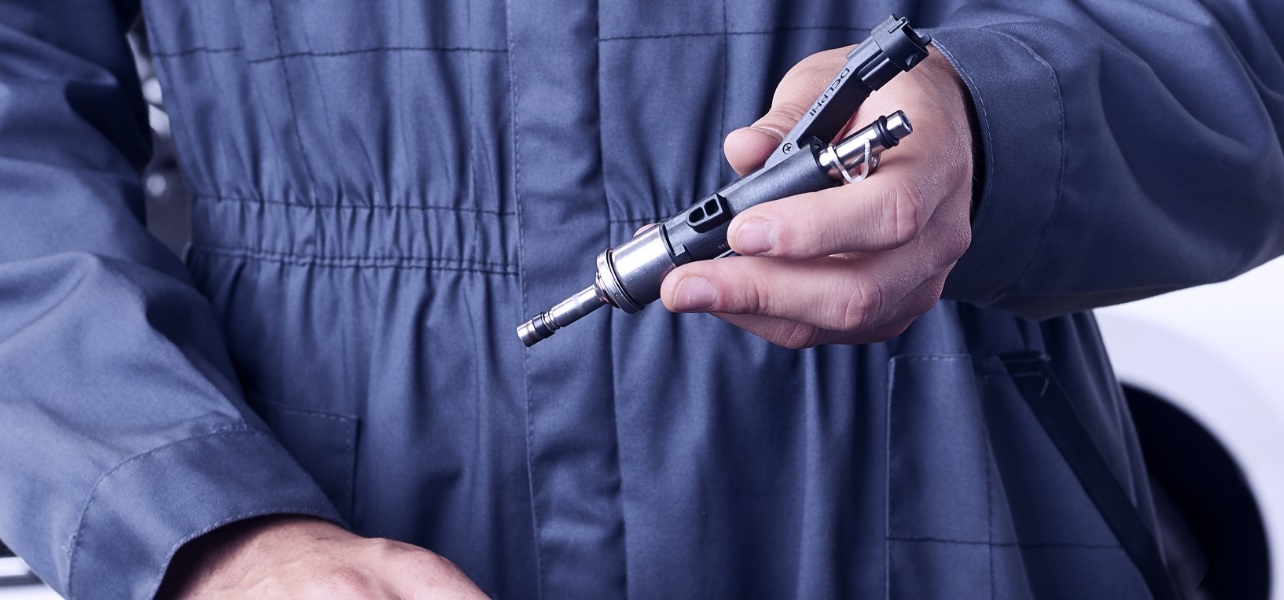
Find out where to buy Delphi parts


